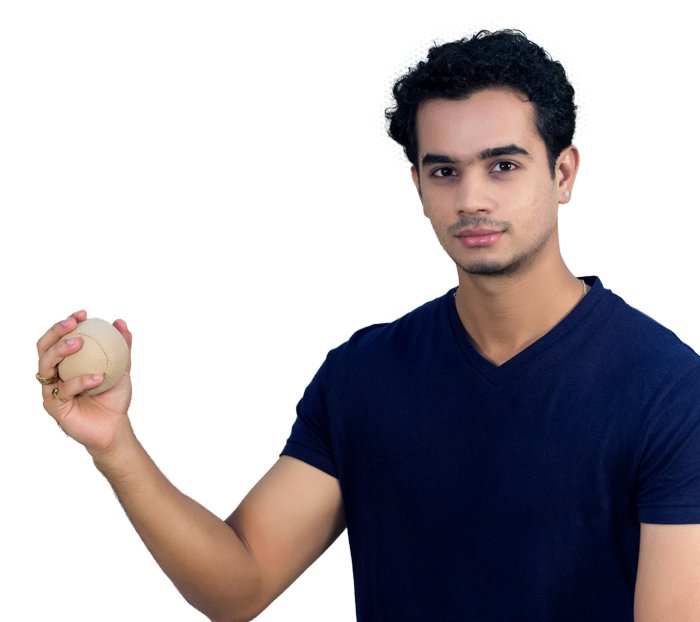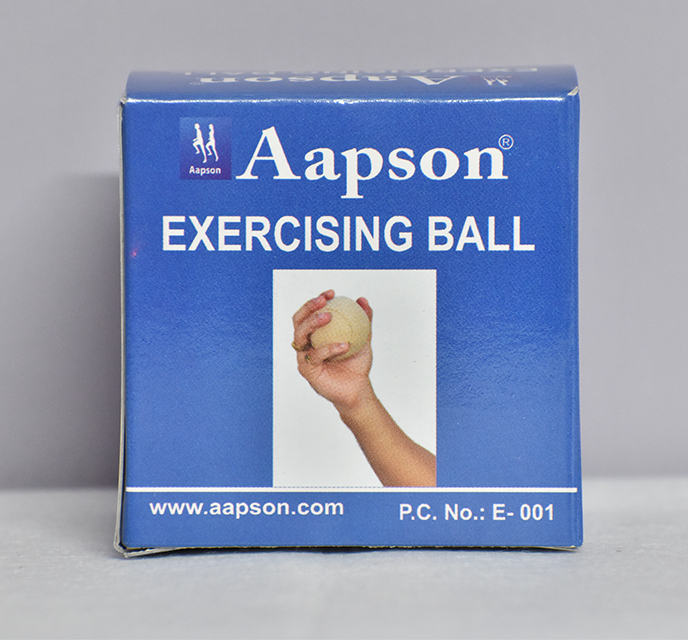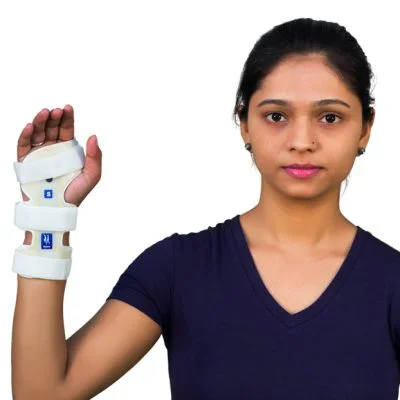Description
Product Code : E001
Product Category : Wrist, Finger & Fore Arm
Size : Universal
Features :
- An innovative exercising ball for relieving the fingers and wrist from the daily stress. The smaller size of the ball is perfect for single handed grips,catching, tossing and exercises. Made up of squeezy from polyurethane, it positions comfotably in the hand and conforms to the palm, distributing pressure evenly.
Indications :
- Provides pleasurable exercise plan for hand, wrist, forearm and fingers. Made from safe and insert PU with resilience and softness.
- Give controlled resistance.
Video Demonstration :





